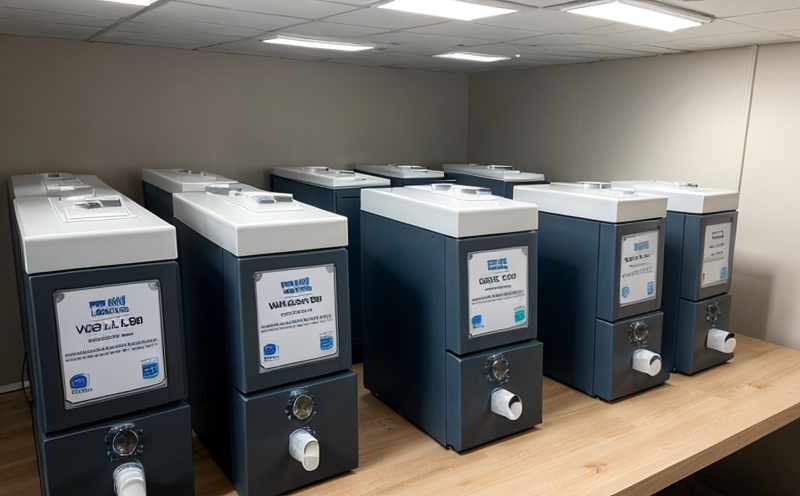Air quality impact of treated textiles laboratory analysis
The air quality impact of treated textiles is a critical concern in the textile industry. Formaldehyde and volatile organic compounds (VOCs) are two key components that can significantly affect indoor air quality. Exposure to these chemicals, especially during manufacturing or while wearing the textiles, can lead to various health issues including irritation of the eyes, nose, and throat; difficulty breathing; and even more severe conditions like cancer.
Textile manufacturers often treat fabrics with formaldehyde-releasing agents (FRAs) for wrinkle resistance, antibacterial properties, or flame retardancy. These treatments can inadvertently release formaldehyde into the air during processing, storage, or use. Similarly, VOCs from certain finishes and coatings used in textiles can contribute to poor indoor air quality.
Our laboratory conducts comprehensive analyses to assess the amount of formaldehyde and other VOCs released by treated textiles under various conditions. This service is essential for ensuring compliance with international standards and regulations that protect human health and the environment. By understanding these emissions, manufacturers can make informed decisions about material selection and processing methods.
Our testing process involves several steps: first, we prepare samples of the treated textile according to industry best practices. Then, using advanced analytical techniques such as gas chromatography-mass spectrometry (GC-MS), we measure the levels of formaldehyde and VOCs released during simulated use conditions.
| Standard | Description |
|---|---|
| ISO 14046 | A method for calculating and communicating the environmental impact of products, including emissions to air. |
| ASTM D5983 | Determination of formaldehyde released from interior materials using a dynamic chamber method. |
| EN 12052-1 | Emission of volatile organic compounds (VOCs) into the air by indoor decorative paints and varnishes - Determination of VOC content in emissions from a test chamber. |
The results of our tests are highly detailed, providing not only quantitative data on formaldehyde and VOC levels but also qualitative insights into the types of compounds present. This information is invaluable for identifying potential sources of pollution and developing mitigation strategies. Our reports include recommendations for improvements where necessary.
Why Choose This Test
- Comprehensive analysis of formaldehyde and VOC emissions from treated textiles.
- Accurate measurement using state-of-the-art analytical equipment.
- Compliance with international standards ensuring product safety.
- Detailed reporting and expert interpretation of results.
- Support for R&D efforts to enhance environmental sustainability.
- Confidence in meeting regulatory requirements across different markets.
- Precision in identifying sources of air pollution from textiles.
- Customizable testing protocols tailored to specific product needs.
International Acceptance and Recognition
The tests conducted by our laboratory are widely recognized in the global market. They align with international standards such as ISO, ASTM, EN, and IEC, which are respected globally for their stringent requirements. Our results are accepted by regulatory bodies worldwide, ensuring that your products meet the highest quality benchmarks.
Our compliance with these standards not only enhances the reputation of your brand but also opens up new market opportunities in countries with strict environmental regulations. By choosing our service, you ensure that your products are tested to the same rigorous standards as those used by leading brands worldwide.





